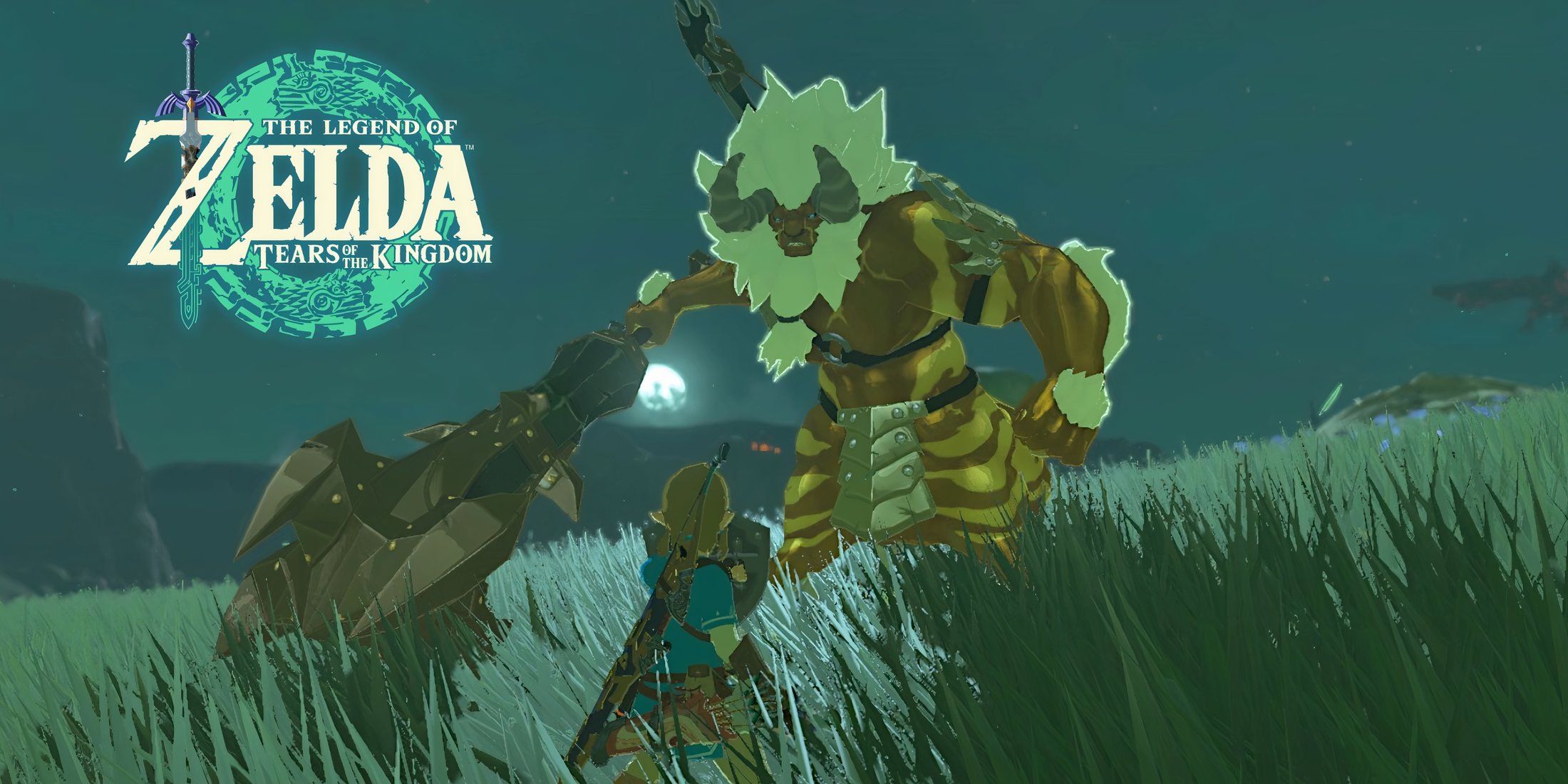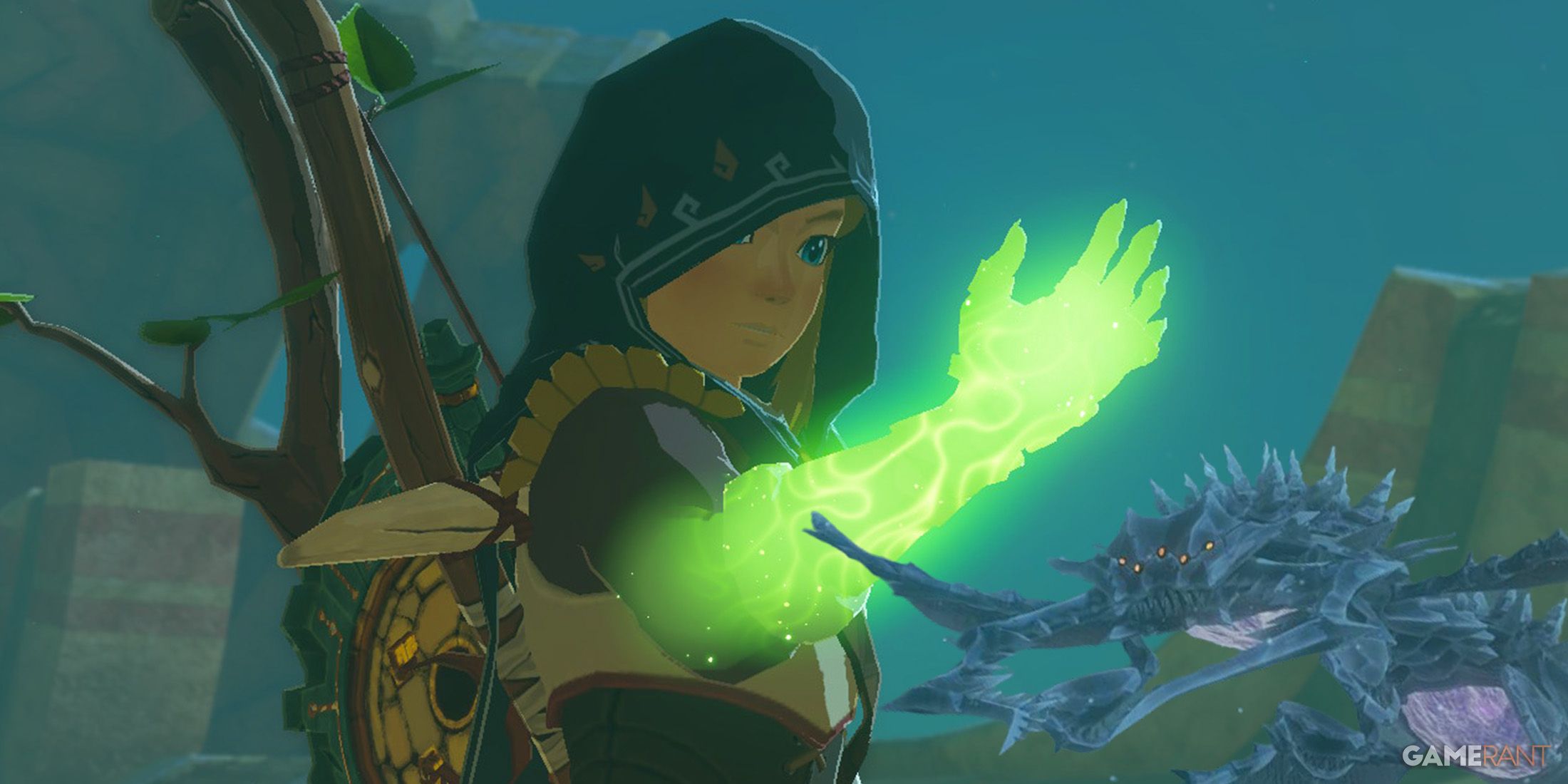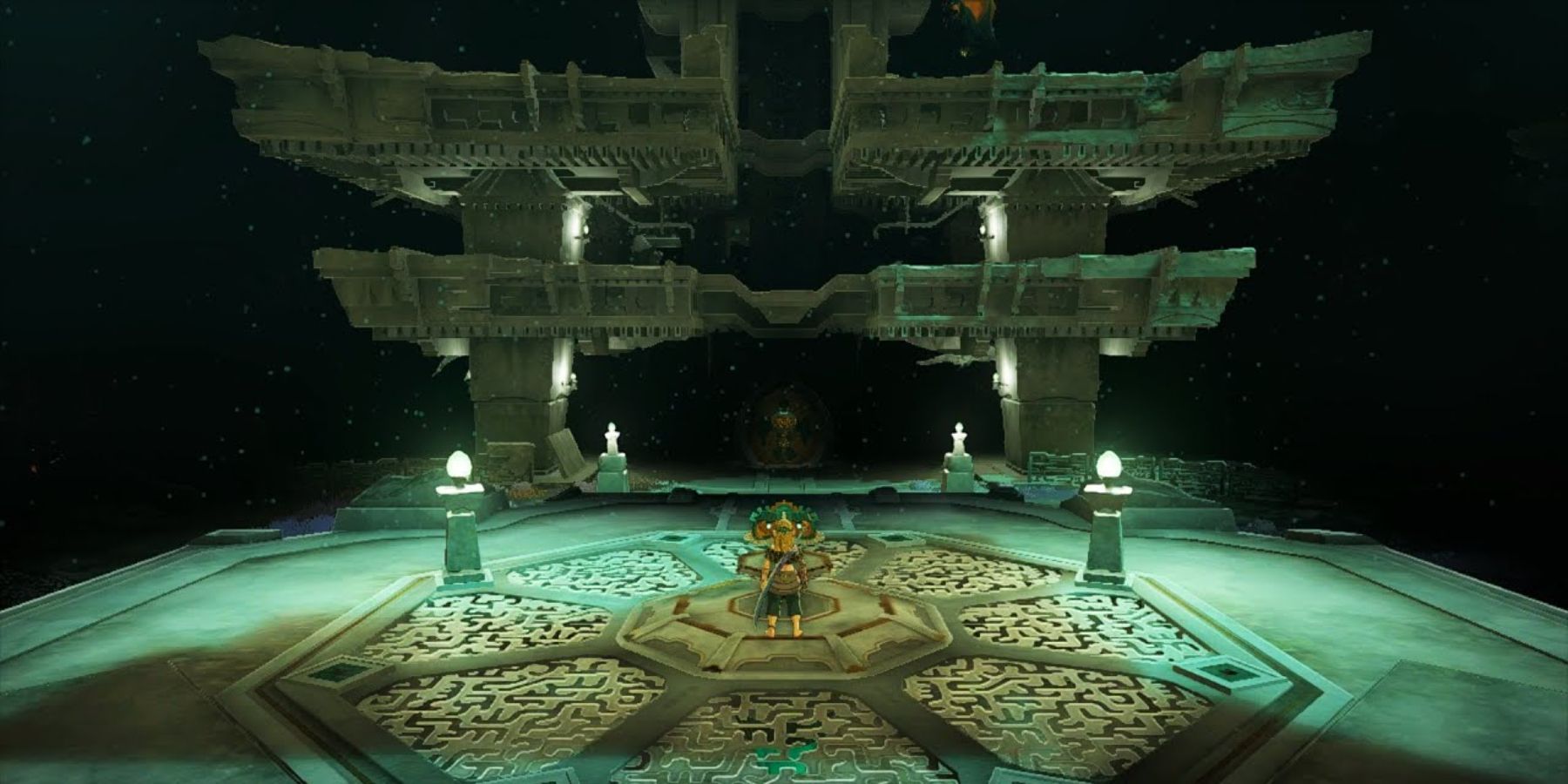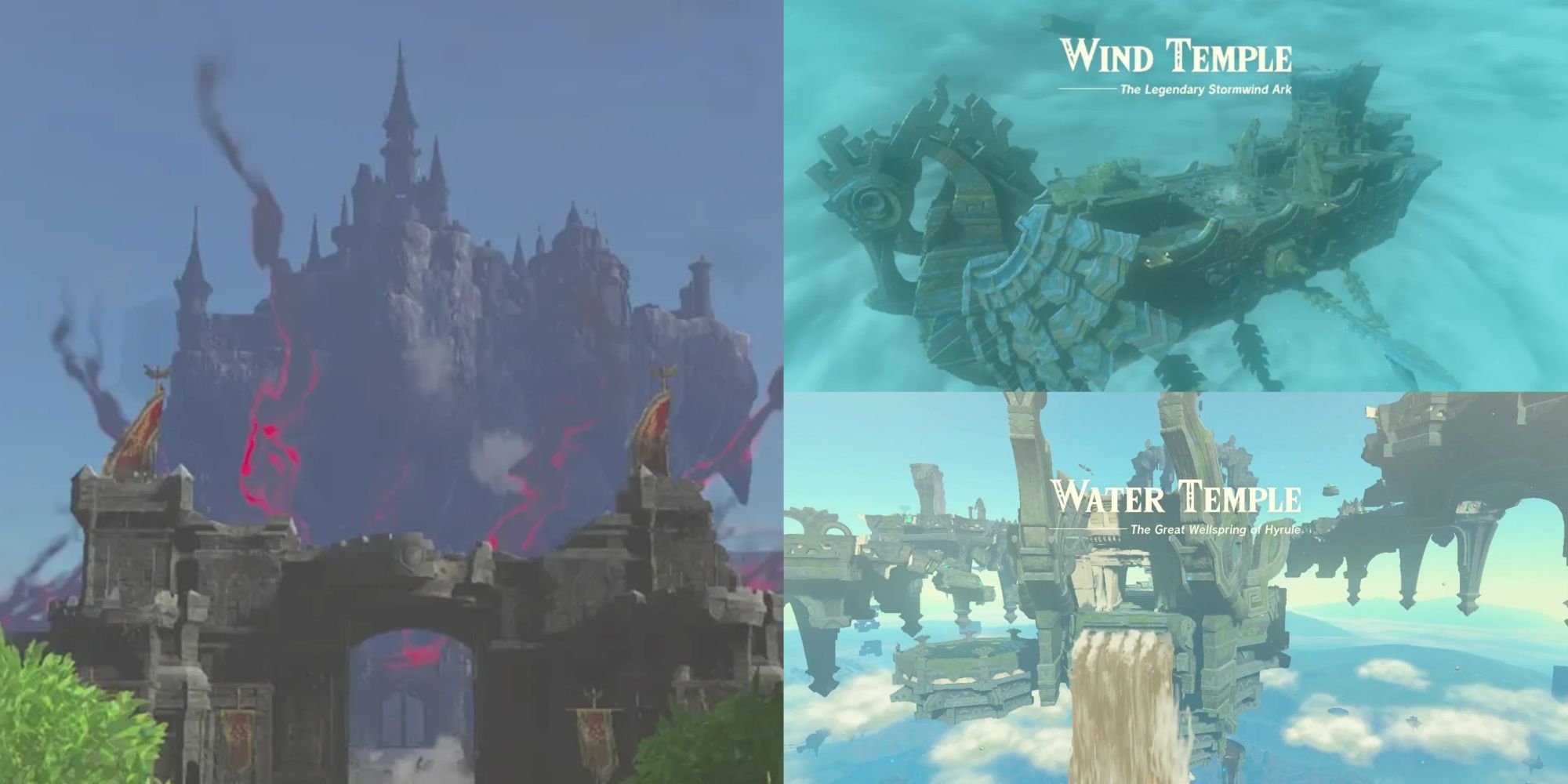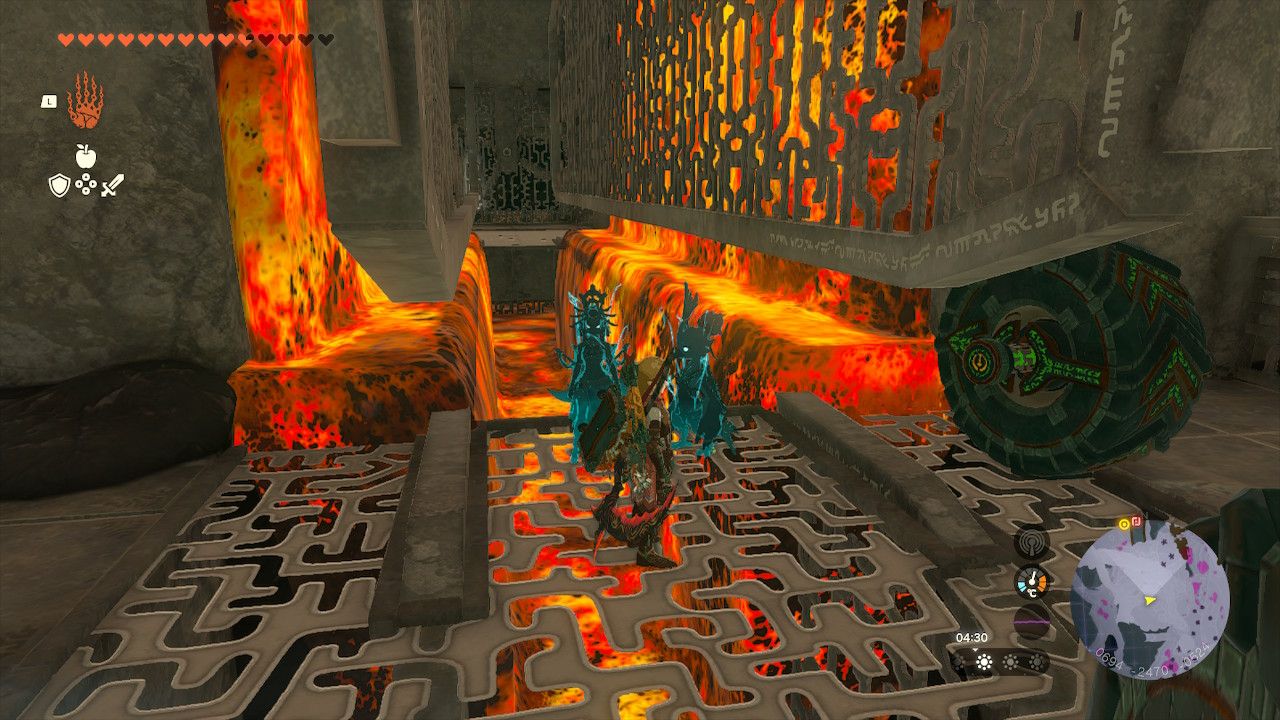Highlights
- Tears of the Kingdom built upon Breath of the Wild's success by refining and adding new elements, including aerial and underground layers, showcasing a familiar yet different land.
- Ultrahand and Side Adventures introduced in Tears of the Kingdom left a lasting impact, with fans questioning if future Zelda games can manage without them.
- The Spirit Temple in Tears of the Kingdom stands out as a realized open-air dungeon, seamlessly integrating quests and a tailored Temple within the larger open world and suggesting a potential evolution for future Zelda games.
The Legend of Zelda: Tears of the Kingdom was the next step down the road Breath of the Wild paved. Returning to the first open-world Hyrule, Tears of the Kingdom refined and added to the winning formula pioneered by its predecessor. It wasn't enough that TotK remixed BotW's map, injecting its towns, fields, and monster encampments with a new flavor, as it also introduced aerial and underground layers. Players didn't retread the same map they knew, and the land's lingering familiarity served to emphasize just how different it really was.
That's not to say Tears of the Kingdom hasn't left its own legacy for future titles, either. Much has already been said about Ultrahand and the way it interacts with the rest of the game. After Tears of the Kingdom, many fans are unsure if future Zelda games can manage without Ultrahand. Side Adventures also provided an interesting new format that allowed optional content to be longer and more involved. However, what's most likely to stick around is Tears of the Kingdom's dungeons. The Divine Beast format was merged with classic Temples and may have produced a more sustainable dungeon style for future open-world Zelda entries.
Tears of the Kingdom Experiments With What A Zelda Dungeon Is
Since Tears of the Kingdom's release, fans have been debating whether its dungeons are a true return to form or not. They do have more diverse visual themes than Breath of the Wild's Divine Beasts, and incorporate dungeon items without compromising their free-form nature. However, classic Zelda dungeons are still more linear than what BotW and TotK offer, and that linearity allows for stricter challenges. Even though the theme of open-world Zelda games has been open-air freedom, that clashes with both the confined nature of most dungeons, and any attempts to restrict player solutions in them.
Different Temples offered takes on this, such as the Lightning Temple being in an especially enclosed environment, and the Fire Temple being accessible from the wider Depths. With that said, even the Fire Temple shares the same "five terminals" format as every Temple, and its location falls flat thanks to a subterranean approach being pointless without story progress. It would take a new approach to Zelda dungeons to fully embrace the strengths of an open world. Fortunately, that's exactly what the Spirit Temple does, subverting the whole concept of a Zelda dungeon in the process.
The Spirit Temple Is A Realized Open Air Dungeon
Players are guided toward the Spirit Temple near the end of the main quest, though they can fulfill its requirements for entry at any time. The Spirit Temple is barely a Temple at all, instead playing out like an especially long Side Adventure spanning the floating Thunderhead Isles and the Depths. Players are tasked by Mineru, the Sage of Spirit, with venturing into different wings of an ancient facility to find parts for her new robot body. Only then does Link receive a dungeon item equivalent, followed by a tutorial spanning the Depths' landscape and a boss fight in the Spirit Temple itself.
What makes this stand out is both its focus on Link's core abilities and the fact that it feels like part of the open world despite progressing like a dungeon. The near-seamless integration of quests, a tailored Temple, and large portions of the map make a strong argument for more open-air dungeons in future Zelda games. Like the Spirit Temple, they would have to be activated somehow, but they could be similarly free-form. Open-world Zelda titles populated by clusters of dungeon segments would be an interesting evolution of the current Shrine and Temple format and would help any linear sequences stand out more.
The Legend of Zelda: Tears of the Kingdom is available now for the Nintendo Switch.

